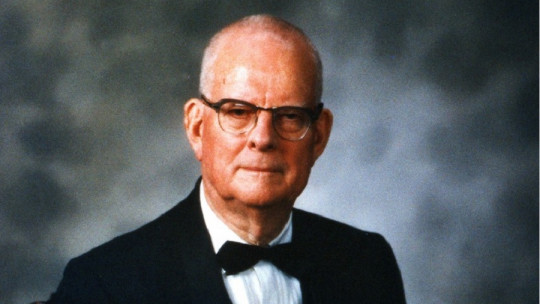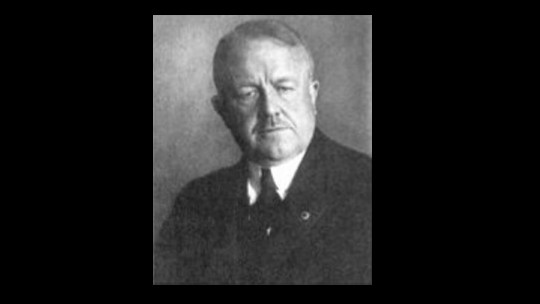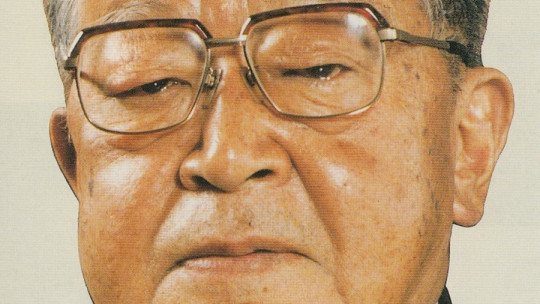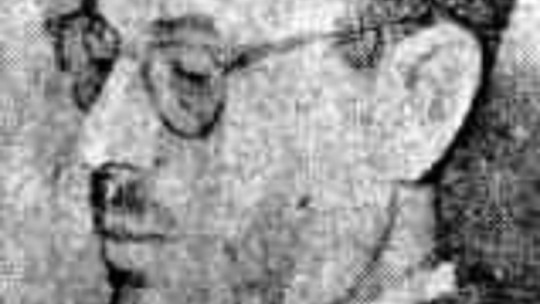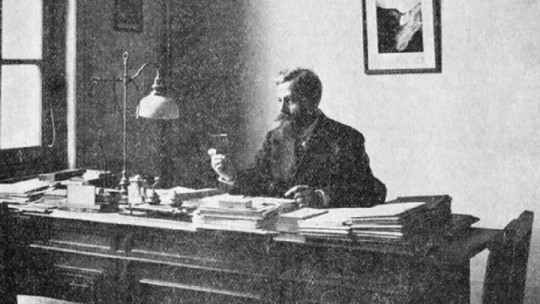There are different personalities who throughout the 20th century contributed to creating a series of methodologies to optimize company management. One of the most influential would be Genichi Taguchi.
We will dedicate these lines to better understand the life of this important Japanese engineer through a biography of Genichi Taguchi and we will delve into the method he created to help many corporations raise their efficiency to much higher levels.
Brief biography of Genichi Taguchi
Genichi Taguchi He was born on the first day of the year 1924, in the Japanese city of Tokamachi , belonging to the Niigata prefecture. It was a small population center whose main activity was the textile industry. Growing up in this place was surely an incentive for him to decide, once he completed his basic training, to go to university to train as a textile engineer.
These studies would be carried out at the Kiryu Technical College, at Gunma University. Genichi Taguchi’s original plan was to acquire this training to be able to collaborate in his family’s business, which consisted of manufacturing kimonos, a traditional Japanese garment.
But an event occurred that somehow truncated these plans and diverted his career in another direction. It was the outbreak of World War II, and the involvement of his country, Japan, in said conflict. Therefore, in 1942, Genichi Taguchi He began to collaborate with the Imperial Japanese Navy, and more specifically with the Astronomical Department of the Institute of Navigation
Once the war ended, it was another public body that required its services, in this case the Ministry of Public Health and Social Welfare. This fact was key to the development of his career, as it was here that he established contact with Motosaburo Masuyama, an eminence in the field of statistics, from whom he would receive a great influence.
Thanks to this collaboration, Genichi Taguchi began to have interest in statistical experimentation During this time, he also provided his services to other public entities, such as the Institute of Statistical Mathematics and for private companies, such as the pharmaceutical company Morinaga, where he was able to carry out research on the use of penicillin.
Development of your career
When the 1950s arrived, Genichi Taguchi began a new stage, this time working for companies such as the Nippon Telegraph and Telephone Corporation. Within this organism, developed his services in the Electrical Communications Laboratory Throughout this era, the use of statistics in the service of quality controls began to be common, which further promoted the work of this author.
One of the great influencers in this area was the American engineer, William Edwards Deming. Some institutions such as the Union of Japanese Scientists and Engineers also contributed to the use of statistics. One of the great tasks that Genichi Taguchi carried out throughout the years he spent at the Electrical Communications Laboratory, which was more than twelve, was to compete with Bell Labs, another leading company.
It was precisely during this decade that he developed some of the systems and methodologies for which he is known today, and which would later lead to the Taguchi method, which we will see later. The Japanese industry, always at the forefront of improvement systems, was quick to welcome his new ideas. One of the most important companies that used this method was none other than the automobile company Toyota
Genichi Taguchi combined these tasks with collaborations at the teaching level at the Indian Statistical Institute. It was in this school where he was able to come into contact with other personalities in his field. Some of those authors with whom he interacted were Walter Andrew Shewhart, Sir Ronald Aylmer Fisher, or Calyampudi Radhakrishna Rao.
From this last author, he learned the system of orthogonal matrices that he created and that would form the core of the system that he would later develop and that would be his most recognized work. It is none other than the Taguchi method.
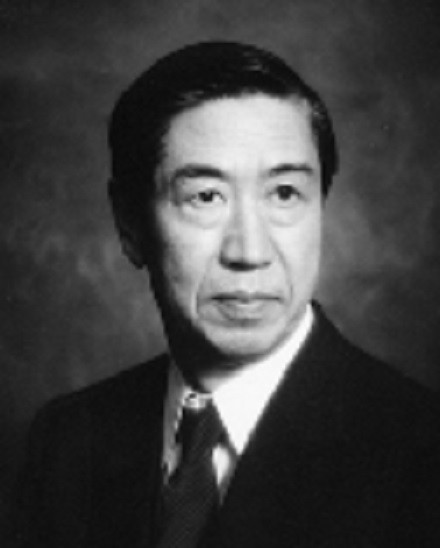
Consolidation of your legacy in the business world
Come 1962, Genichi Taguchi achieved the highest educational distinction, presenting his doctoral thesis at Kyushu University. He then terminated his employment relationship with Nippon Telegraph and Telephone. He collaborated with the famous mathematician John Tukey at the prestigious Princeton University. Through that contact, he also established relationships with Bell Labs, a competing company in his previous stage.
Shortly after, He managed to join Aoyama Gakuin University in Tokyo to teach engineering classes, a job he would do for the next few years During that time, he met author Yuin Wu, with whom he worked for a while, before he moved to the United States. From there, he proposed to Genichi Taguchi that he take a trip to his institution to give a talk.
Following this visit, Taguchi resumed contact with the Bell Labs company, this time accompanied by Madhav Phadke, another personality in his field. This second phase of their collaboration was much more fruitful. The company began to become deeply interested in the methodology used by Genichi Taguchi to improve his processes.
This collaboration, and thanks to the fantastic reputation he had built throughout a successful career, was followed by many others in different multinationals, leaders in their respective sectors, which further increased the popularity of this author. Some of the companies with which he established agreements to implement his method were ITT, Boeing, Xerox, or Ford
Already in the 1980s, Genichi Taguchi joined the Japanese Standards Institute as an advisor. It was not the only position of such importance that he held, as he was also named executive director of the American Supplier Institute. The versatility of its methodologies was key to helping a multitude of companies establish improvements in the area of design and they have set precedents to create programs of other types, such as sales process engineering.
After his retirement, he continued to receive awards and recognition for a long career full of success and hard work. Genichi Taguchi died in 2012, due to cardiorespiratory failure. He was 88 years old.
The Taguchi method
We have already mentioned before that, if Genichi Taguchi was known for something, it was precisely for the Taguchi method, which bears his name. Below we can learn more about this methodology. It is a statistical system, also called robust design method, whose objective is to generate an increase in the quality of the products created for a certain industry.
Initially, this methodology was applied to the manufacturing area, although its protocols have been adapted to be used in fields as diverse as marketing, advertising, biotechnology or engineering. The method developed by Genichi Taguchi has three fundamental contributions that underpin its success.
First of all, we would find specific loss functions, a system to evaluate the concept of losses in a much more efficient way also taking into account the level of product quality required for a long useful life that results in an increase in the prestige of the brand.
Another principle of Genichi Taguchi’s method is that of offline quality control For this author, the best time to reduce or eliminate variation in product quality was precisely in the phase in which they were being designed and manufactured. Therefore, he devised the three-step system, consisting of system design, parameter or measurement design, and tolerance design, to achieve that goal.
The third key that Genichi Taguchi established was the innovations he introduced in terms of the design of experiments. It was at this point where He used the orthogonal matrices that he had previously learned and that allowed him to prepare the necessary statistical method to be able to prepare designs that would report greater efficiency in their final results.
These are, broadly speaking, the pillars that underpin Genichi Taguchi’s method or methods, with which he was able to help improve departments of some of the most important companies in the world at the time, thanks to which he developed a reputation for which we know him today.
His contribution to the world of statistics has been notable, and many subsequent authors have collected part of his work in order to develop new methodologies that continue to help improve the efficiency of other companies.


